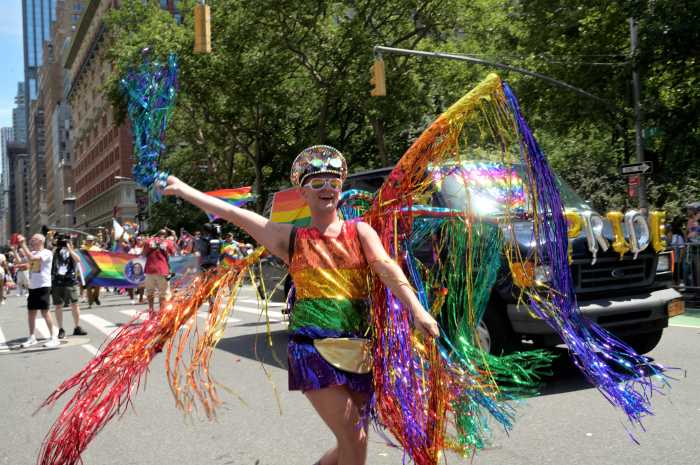Hours before NYC Transit president Andy Byford resigned from the MTA the Queens Delegation to the City Council issued a scathing rebuke of the agency’s bus redesign plan for the borough, citing negative feedback from their constituents.
The council members called for significant changes to the MTA’s draft proposal for the Queens Bus Network.
“Queens does not have the subway infrastructure on Manhattan, the Bronx or Brooklyn,” Queens Delegation Chairwoman Karen Koslowitz said. “Coupled with the fact that Queens has experienced a significant increase in population in recent decades, any plan that does not incorporate increases to service is destined for failure. With respect to my own council district, the proposed plan does more harm to my constituents than help them and I am certainly going to forcefully convey my reservations and positive suggestions to the MTA.”
The current draft cuts back service in areas where there is no access to subways, it significantly condenses the express bus routes, and is limited by budget restrictions, according to the delegation.
“In District 30, we only have access to two stops on one subway line, so my constituents rely heavily on the bus network. Maspeth is in desperate need of an express bus route, but this plan actually reduces the current express routes,” Councilman Robert Holden said. “The draft will cut back on localized service in every part of my district, creating longer wait times and longer walks to the buses. All of this will especially affect seniors, students, and people with disabilities. The MTA cannot meet the needs of our constituents with this redesign if there is no further investment into the agency’s budget.”
Councilman Paul Vallone’s office has been inundated with complaints since the draft plan was released on New Year’s Eve.
“In northeast Queens, where there is no subway access and limited public transportation options for commuters,” Vallone said, who added that “the MTA should be increasing and improving bus service, not creating a more desolate transportation desert.”
The bus redesign would further isolate the Rockaways from the rest of the borough.
“In my district, the MTA proposed to remove the Q53 in its entirety, as well as stops along the Q22.,” Councilman Eric Ulrich said. “The Q53 is a major north/south mode of public transportation along the Peninsula. And the proposed changes along the Q22 route would require several hundred students and others to transfer to another bus, sometimes two, to reach the same destination.”
In the transportation desert that is southeast Queens, Councilman I. Daneek Miller is working with the MTA to facilitate community forums in the coming weeks.
“Any plan to remedy this decades-long injustice must ensure that residents’ voices are heard during the public review process,” Miller said. “Ultimately, we are hopeful that the final plan will be representative of what we’ve been advocating for these past twenty years: better intra-borough connections, more effective and efficient service, and increased access to our most underserved neighborhoods.”
Koslowitz cited a statement made by Byford that the redesign proposal “was devised within the restrictions of fiscal constraints” dooms the plan to failure.
“The Queens Bus Network Redesign will improve service by rebuilding the entire system from a blank canvas using public feedback and date-driven study about today’s ridership needs, putting service where it’s needed and modernizing an outdated map,” MTA spokeswoman Amanda Kwan said. “This is still a draft proposal that will change following feedback, and while there are always fiscal constraints in an organization with finite funds, budget is not a factor at this stage as we solicit feedback on a preliminary proposal.”






































